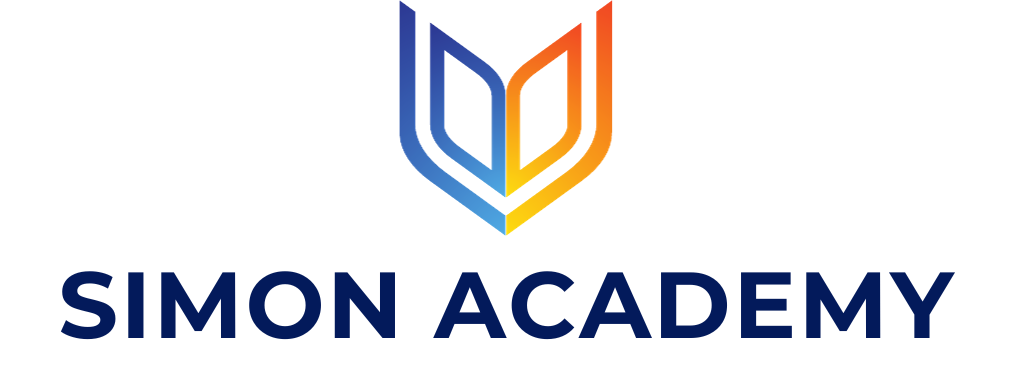
The stablecoin horizon – defining the future of money
1. Introduction: From early stablecoins to a global infrastructure
Stablecoins have evolved from a Bitcoin-based experiment (Realcoin/USDT) to a trillion-dollar ecosystem underpinning digital finance. Their journey illustrates a convergence between regulatory trust and technological scale, reshaping how value moves globally.
Simon Consulting Insight: Early adopters like Tether demonstrated that centralizedfiat-backed assets can thrive on decentralized networks. Today, firms such as Interclearer are bridging regulated stablecoins with Layer 2 infrastructures, enabling faster, cheaper, and secure global payments.
2. Lightning Network: the gateway to mass adoption
The Lightning Network (LN), leveraging Bitcoin Layer 2, is the ultimate solution for scaling stablecoin payments:
- Performance: Sub-second settlement, fees under $0.01, and unlimited throughput for micro- and macro-transactions.
- Compliance potential: Regulated stablecoins—including USDT, EURQ, and the upcoming nine-bank euro stablecoin—can be wrapped and issued on LN, mirroring initiatives like Speed Wallet’s USDTL.
- Use cases: From instant, near-zero-fee remittances to cross-border payroll in stablecoins and programmable payments for supply chains or DeFi, the Lightning Network enables fast, compliant, and automated value transfers worldwide.
Simon Consulting Insight: LN adoption demonstrates that any compliant stablecoin can now leverage decentralized rails. Technical feasibility is no longer the barrier—regulatory alignment and operational readiness are the differentiators.
3. EURQ and the Dutch stablecoin innovation
Europe is not waiting for U.S.-dominated stablecoins. Quantoz Payments BV, headquartered in Utrecht, is Europe’s first Dutch regulated stablecoin issuer, supervised by the Dutch Central Bank (DNB).
- EURQ: Pegged 1:1 to the euro, EURQ combines blockchain efficiency with European regulatory protection.
- Mission: To provide businesses with digital euros for faster, cheaper, and more secure settlement.
- Strategic advantage: EURQ can eventually be issued on LN, enabling instant settlement and programmable value while remaining fully MiCAR-compliant.
Simon Consulting Insight: EURQ demonstrates that European fintechs can issue stablecoins without waiting for CBDCs. Coupling a legally compliant euro-pegged asset with Layer 2 rails is a blueprint for future-ready financial services.
4. The nine-bank euro stablecoin consortium
In September 2025, ING, Banca Sella, KBC, Danske Bank, DekaBank, UniCredit, SEB, CaixaBank, and Raiffeisen Bank International announced a MiCAR-compliant euro stablecoin, expected in H2 2026:
- Objective: Create a trusted, regulated European alternative to US-dollar stablecoins.
- Capabilities:24/7 instant settlement, programmable payments, supply chain integrations, and cross-border compatibility.
- Regulation: Licensed as an Electronic Money Institution under Dutch supervision.
- LN potential: Like USDTL or other wrapped stablecoins, this euro stablecoin could technically be issued on LN, combining compliance, speed, and global settlement capabilities.
Simon Consulting Insight:This consortium marks a historic step for Europe’s strategic autonomy in payments. By integrating regulated stablecoins with Layer 2 rails, banks can offer instant, low-cost, programmable euro payments, positioning themselves competitively against U.S. dollar-dominated networks.
5. Programmable calue and the ultimate horizon
Stablecoins are not just for transfers—they are the foundation for programmable money:
- Smart contracts: Automated, conditional payments for supply chain finance and trade settlements.
- Tokenized assets: Real-world assets can settle instantly using regulated stablecoins.
- Cross-chain interoperability: Wrapped stablecoins on LN, Ethereum, or other rails enable seamless liquidity management.
Simon Consulting Insight: Firms that combine regulated assets, decentralized infrastructure, and programmable payment logic will lead the next era of global digital finance. Compliance and technical implementation must go hand-in-hand to unlock these opportunities.
5. Conclusion: The bridge to a global digital economy
Stablecoins have:
- Forced governments to define regulatory frameworks (MiCAR, GENIUS Act).
- Pushed traditional finance to adopt decentralized rails.
- Created a foundation for programmable, borderless, instant money.
The future is clear: regulated, euro- and dollar-backed stablecoins on high-speed networks like LN will redefine payments, remittances, payroll, and global commerce.
Simon Consulting Insight: For firms dealing with cross-border payments, digital assets, or Layer 2 infrastructure, a proactive strategy is essential. Understanding MiCAR, GENIUS Act, and the technical deployment of stablecoins on decentralized rails is no longer optional—it is a strategic imperative.

Company
-
About
-
Careers
-
Team
-
Contact
